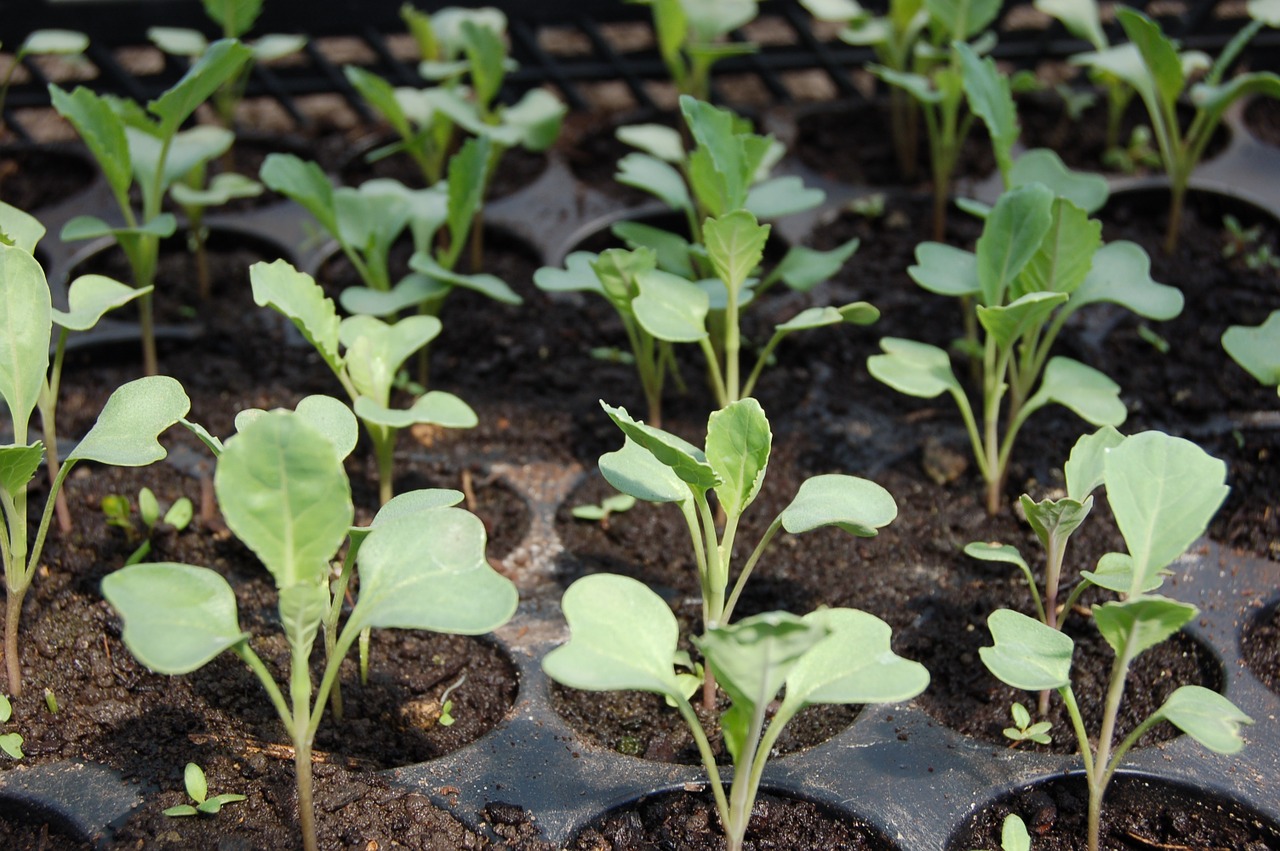

Despite the winter weather, it’s almost that time of year again to start our seeds for the spring. Most annual flowers and vegetables should be started about six weeks before the last frost, but it’s important to research your plants to get your timing right. Remember to start your seeding trays with sterilized seedling soil and use clean containers. Specific seedling containers or flats can be purchased, but small trays or egg cartons are good alternatives. If making your own containers, be sure to poke holes in the sides near the bottom.
Light and temperature are very important to seedlings. For optimal seedling growth and strength, read your seed labels to see what conditions they require to start. The majority of seedlings will require your grow lights to be on 24 hrs a day during the first portion of their lives. You can cut back on lighting once your plants are growing. However, the less light you provide, the more your plants will stretch or become “leggy,” which weakens the plant. Make sure your heat mats are set to the correct temperatures as specified on the seed labels. Most seeds sprout best between temperatures of 65 to 75 degrees Fahrenheit, which is easily maintained in a greenhouse with propagation accessories. If you have seeds that start at range of temperatures, it is possible to set your temperature at an average range to germinate a few varieties if desired.
Be careful when watering the seedlings, as they are sensitive to too much or too little water. Make sure to water with warm water rather than cold water. Once your plants have their second or third sets of leaves, they will be ready for transplanting. Move them to individual pots filled with potting mix and plenty of compost for best growth.
Always refer to the seed labels when starting the indoor sprouting process, as some seeds may need to be soaked, scratched, or chilled before planting. We recommend teaming up with a neighbor or friend when starting seedlings, since a packet of seeds often yields much more than expected. Gardening with a partner can also act as an incentive to keep your plants happy and healthy, whether through working together or a little friendly competition!

